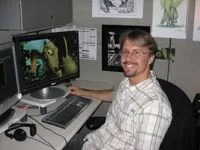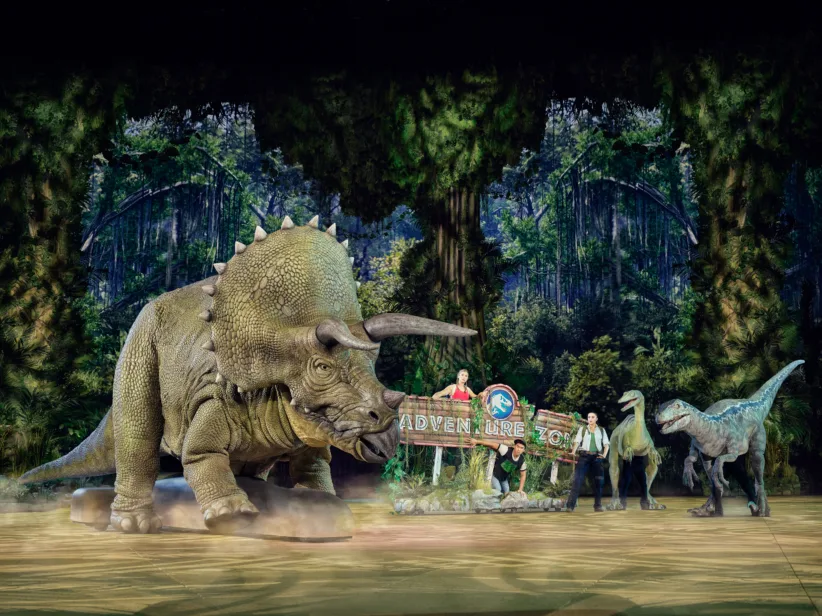
In downtown White Plains, there are adult men and women drawing in their sketchbooks, playing with clay, and making funny faces in the mirror. They’re not actors or part of a circus; they’re a team of talented artists who work at Blue Sky Studios, the animation house famous for films like Bunny and Ice Age. Just in time for the DVD release of Horton Hears A Who, I went on an exclusive backstage tour and found out that making an animated film is not all fun and games.
During the three and a half years it took to produce the film, directors Steve Martino and Jimmy Hayward, along with their crew, made it their sole mission to be true to the story Dr. Seuss wrote more than 50 years ago. They tried to have every sketch, piece of music, and performance convey Horton’s motto, “A person’s a person no matter how small.”
The style guide, the first step in the production process, defined the distinctions of each character, like, for instance, Dr. Seuss’s signature wrinkles in a character’s skin. Blue Sky’s art department utilized every drawing of Horton, which was different on practically every page of the book, to develop the final model. Since computer-generated imagery (CGI), the primary tool used to create today’s animated films, produces perfect shapes and flawless figures, the artists had to alter each character to look softer and more stretched out. The storyboard artists also had to create the “props” for the film.
For close to three months, the writers developed the script and decided how they would adapt the story for the big screen. Until the very end of production, the script was reworked and refined, oftentimes incorporating the nuances or ad-libbed material Jim Carrey and Steve Carrell contributed when they recorded their voiceovers.
Using the designs from the artists, the modeling department used clay to create 3D characters and sets that were used as a template for the film. They used what they coined a “Seuss-O-Meter,” which allowed them to gauge how realistic each design was. Although the buildings in Whoville themselves were exaggerated, the “materials” they were “made” with had to look realistic. “It was important that the audience feel that this was a real place,” Martino said.
After creating a color palette that gave all of the characters a uniform look, the “Fur Department” started on the very important and tedious job of designing every strand of fur on the characters, their clothes, and even the plants.
The task of determining every movement, pose and facial expression fell on the plate of the rigging department. The riggers constructed several versions of each character to show how far an arm could reach or how wide a smile could stretch. They conducted “callisthenic tests” to understand their manipulations, which allowed the next group, the animators, to find a uniform animation style and test it with the voice tracks.
Each animator was assigned one character and given 24 hours, at which point they congregated in the “sweatbox” to explain how their character would perform, what its facial expressions would look like, and how its emotions would shine through. Many of the animators actually videotaped their character’s performances and used the voice tracks that were recorded by the actors.
“We had an opportunity to make the animation much more exaggerated,” said Martino, noting the long lines and distorted movements of Dr. Seuss’ drawings. In the later stages of production, sound design, visual effects, and radiosity (lighting) were added and the finishing touches completed the film.
For more information, visit www.blueskystudios.com and www.hortonmovie.com.





















